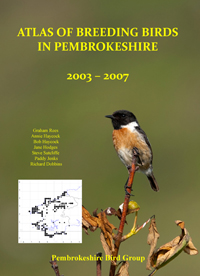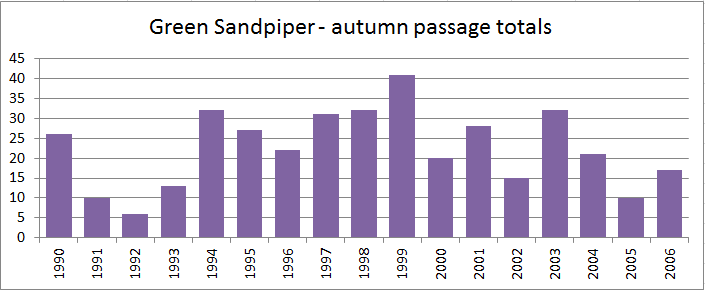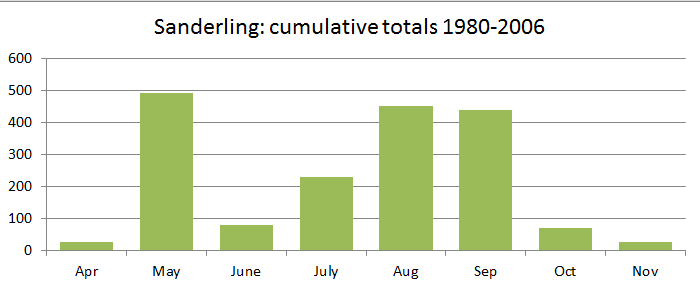Little Grebe - winter
 Thursday, August 18, 2011 at 11:46PM
Thursday, August 18, 2011 at 11:46PM Tachybaptus ruficollis
Outside of the breeding season Little Grebes have been recorded on all of the estuaries and main freshwaters, as well as on many small ponds.
The Little Grebe was originally classified as a winter visitor by Lockley et al (1949) and Saunders (1976) when there were no known breeding birds in the county and they noted them on small ponds, lakes, reservoirs and estuarine arms. Only Saunders put any numbers to these occurrences, citing up to 20 on the Gann lagoon and 32 in Hook Reach.
Largest concentrations recorded between 1983 and 2005 were: Cleddau Estuary 69, Nevern Estuary 9, Teifi Estuary 8, Freshwaters 97.
Donovan and Rees (1994) estimated the average county winter population to be about 150 birds. Within the cover achieved by the Wetland Birds Survey team over 100 are on record for most recent winters, the maximum being 162 in the winter of 1996/97. However the survey could not cover all the small waters on which Little Grebes have been seen but seldom reported, so the 150 estimate on average is probably realistic or possibly a slight under estimate.
Haycock (2008) noted a decline in Cleddau Estuary numbers from about the 1990’s and suggested this could be due to Westfield Pill becoming less suitable for this species. She also pointed out that the mid- winter population for the whole county was reasonably steady overall.
Normally they have started to appear on the estuaries in August and September and reached peak numbers by November to January, thereafter numbers diminished with most having departed by April.
Graham Rees
(Covers records up to and including 2008)
References
DONOVAN. J and REES. G. 1994. Birds of Pembrokeshire, Dyfed Wildlife Trust.
HAYCOCK. A. 2008. A review of the status of wetland birds in the Milford Haven Waterway and Daugleddau Estuary, A report to the Milford Haven Waterway Environmental Surveillance Group. Unpublished.
LOCKLEY. R. M, INGRAM. C. S. and SALMON. H. M.1949. The birds of Pembrokeshire, West Wales Field Society.
SAUNDERS. D. R. 1976. A brief guide to the birds of Pembrokeshire, Five Arches Press.
 GHR,
GHR,  grebe,
grebe,  waterbird,
waterbird,  winter in
winter in  Little Grebe
Little Grebe 


